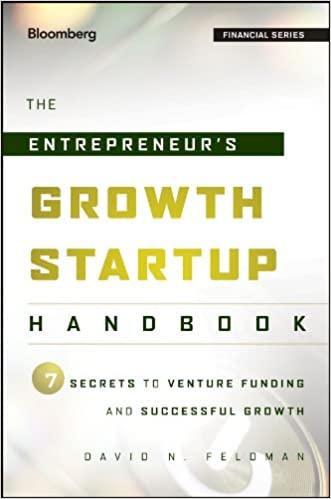Question
Using Maynes Consumer DecisionMaking Model Joshua is tired of his car. He has started looking at new cars. They are so expensive! He begins to
Using Maynes Consumer DecisionMaking Model
Joshua is tired of his car. He has started looking at new cars. They are so expensive! He begins to calculate his options. His decision time frame is one year.
Action A: Keep the used car
Outcome I:
His old car keeps running just fine with just basic maintenance and operating expenses required. Joshua saves the cost of a new car for which he is very happy given that he could use that for getting established when he gets his first professional job.
Outcome II:
Joshuas old car breaks down often and he incurred some major expenses to keep it running. He is late for class a couple of times and just about misses an interview. This will mean less money in his budget for relocating and getting established when he gets his first professional job.
Action B: Buy a new car
Outcome III:
The new car is fun to drive and Joshua doesnt have to worry about it breaking down when going to class or to a job interview. Joshua is happy with his purchase. However, this means less money in his budget for relocating and getting established when he gets his first professional job.
Outcome IV:
While Joshua doesnt have to worry about the new car breaking down, the payments are more than expected and are placing a strain on his budget. It is going to be a stretch to relocate when he gets his first professional job and he will have to continue to use his college furnishings for a while as his parents cannot afford to help him out.
What you need to do:
On the following table, calculate the net utility (remember that the numbers in parentheses are negative)
Apply the four decision rules and determine which ACTION to take.
(a) Maximax
(b) Best of the most probable
(c) Minimax
(d) Highest Expected Value
The following table describes the decision circumstances. Note: numbers in parentheses ( ) are negative numbers.
| Actions
| A
| B
| ||
|
| Keep used car
| Buy new car
| ||
| Outcome
| I
| II
| III
| IV
|
| Probabilities
| 0.4
| 0.6
| 0.6
| 0.4
|
| Utility
| ||||
| Objective
| $ (1500)
| $ (3200)
| $ (6500)
| $ (6500)
|
| Subjective
| $ 5750
| $ (9,000)
| $ 4000
| $ 300
|
| Net Utility
|
|
|
|
|
| MAXIMAX RULE
| ||
| Action A
| Action B
| Select:
|
| Outcome ( ) =
| Outcome ( ) =
|
|
|
|
|
|
| BESTOFMOST PROBABLE RULE
| ||
| Action A
| Action B
| Select:
|
| Outcome ( ) =
| Outcome ( ) =
|
|
|
|
|
|
| MINIMAX RULE
| ||
| Action A
| Action B
| Select:
|
| Outcome ( ) =
| Outcome ( ) =
|
|
|
|
|
|
| HIGHEST EXPECTED VALUE RULE
| ||
| ACTION A =
| Select:
| |
| ACTION B =
| ||
Step by Step Solution
There are 3 Steps involved in it
Step: 1

Get Instant Access to Expert-Tailored Solutions
See step-by-step solutions with expert insights and AI powered tools for academic success
Step: 2

Step: 3

Ace Your Homework with AI
Get the answers you need in no time with our AI-driven, step-by-step assistance
Get Started


